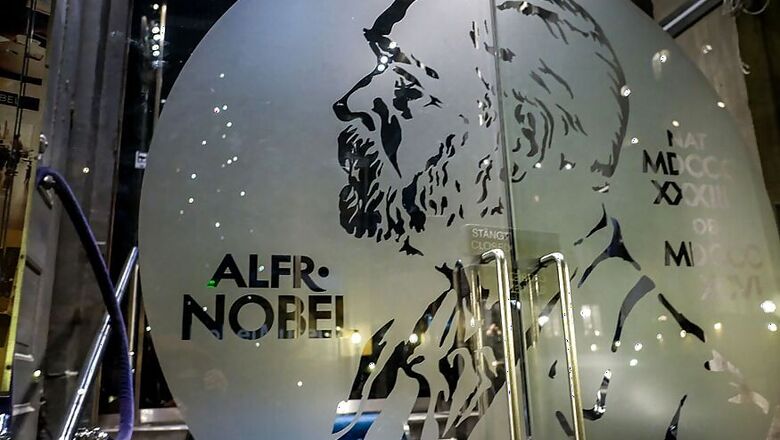
views
The Nobel Prize in Physics going to the LIGO architects for their contribution to detecting gravitational waves serves as a major encouragement for Indian researchers to participate in mega science projects and be leaders in them, said an official of the LIGO India project. Researchers associated with LIGO India as well as gravitational waves research on Tuesday cheered with the rest of the world as the Royal Swedish Academy of Sciences said three American scientists from the Laser Interferometer Gravitational-Wave Observatory (LIGO) have won the Nobel Prize in Physics for their contribution to detecting gravitational waves -- ripples in the fabrics of spacetime which were predicted by Albert Einstein a hundred years ago.
The 9 million Swedish kronor (825,000 British pounds) prize was divided. One half was awarded to Rainer Weiss of Massachusetts Institute of Technology (MIT) and the other half jointly to Barry C. Barish and Kip S. Thorne -- both from California Institute of Technology (Caltech). "We should be excited about the fact that an unprecedented number of Indians from Indian labs have been involved in the discovery itself," LIGO India spokesperson Tarun Souradeep told IANS. The international LIGO Science Collaboration (LSC) consisting of about 1,000 scientists from universities and research institutes from about 15 countries, including from India, announced the first detection on February 5, 2016 and second one on June 15, 2016. "It inspires the next generation to take leadership in such discoveries. Another takeaway is that discoveries in science are coming from mega sciences so you have to be involved in major projects, you have to be part of it and be leaders of it. You have to make a mark in it," Souradeep added.
There were 37 authors from nine Indian Institutions in the scientific publication presenting the first discovery of gravitational waves published in the Physical Review letters by the LIGO Scientific Collaboration (LSC) and Virgo Collaboration. There were 39 authors from the same nine Indian institutions in the publication for the detection of the second black hole merger event.
India is also working towards setting up its own LIGO observatory. The mammoth LIGO India project, for detecting gravitational waves, completed a year in February. Currently, Indian participation in the international LIGO Science Collaboration, has over 60 researchers, constituting five of the members of the LSC, making it the fourth largest national participant. LIGO India is a joint scientific collaboration between LIGO laboratories of MIT and Caltech and three leading Indian institutions - the Inter-University Centre for Astronomy and Astrophysics, Pune, Institute for Plasma Research, Gandhinagar, and the Raja Ramanna Centre for Advanced Technology, Indore.
Watch Video: Samsung Galaxy Note 8 Review: The Best Galaxy Note Ever



















Comments
0 comment